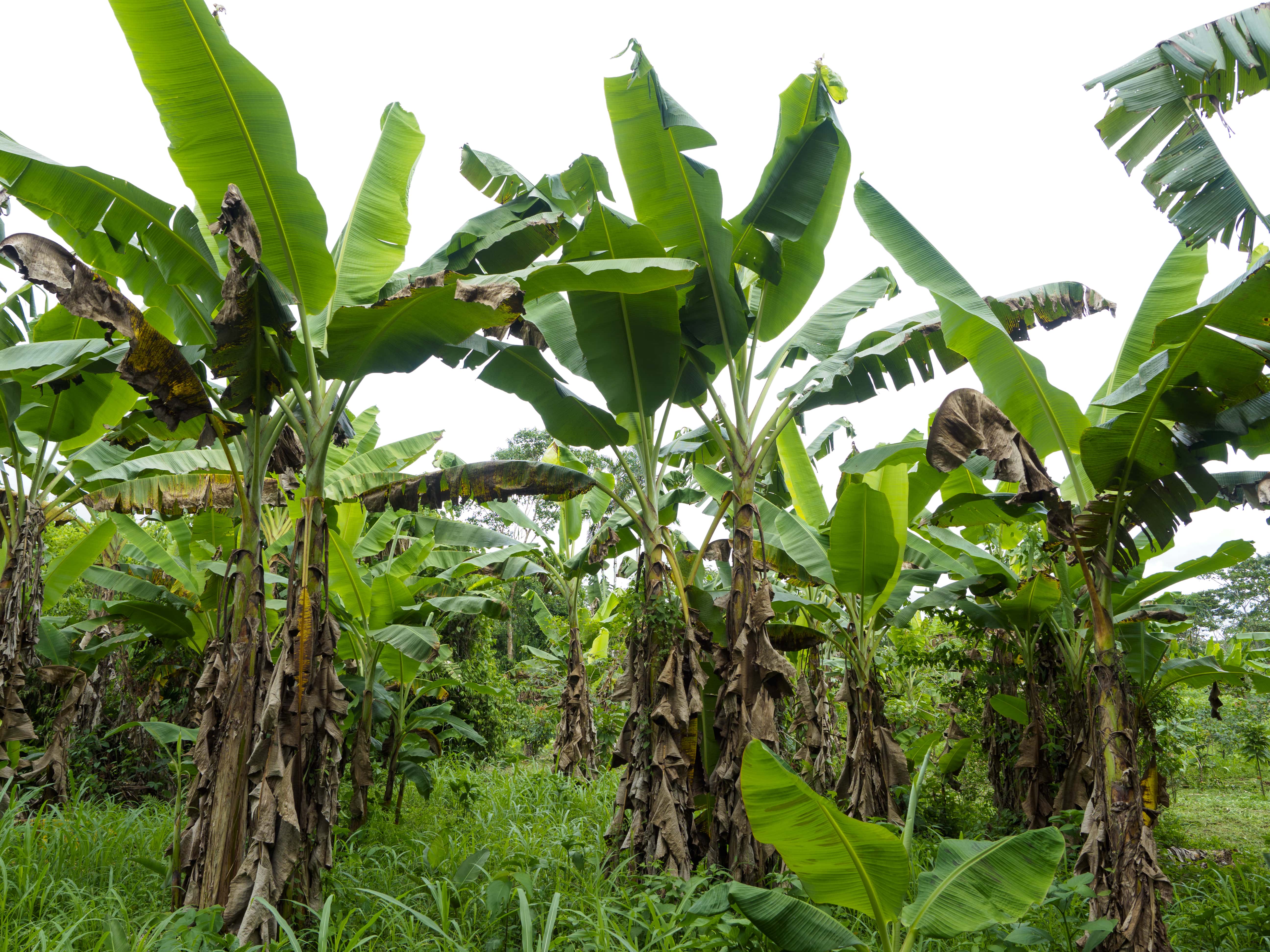Can Banana Pseudostem Help Clean the Waters in the Amazon?

The Amazon region in the province of Sucumbíos, Ecuador has been affected by millions or potentially billions of gallons of oily waste brought by the activities of the oil industry operating in the region since the early ‘70s.[1] Maricela Granda, a 25-year-old environmental biotechnology engineer from Sucumbíos, hopes to contribute in securing water supply for the region with a new idea. She observed the structure of the banana pseudostem (“false trunk” of the banana plant that is cut down and discarded during harvest period) and investigated its potential use in purifying the oil-contaminated waters in her locality.[2][3][4] Collaborating with universities, institutions, and like-minded youth, Ms. Granda developed a filter containing banana pseudostem intended to absorb hydrocarbon contaminants from water. Currently, her team is now working on a final design that will meet all water quality parameters in accordance to standards of the World Health Organization.[4]
During the course of her work, she realized the potential of her innovation. “When I began this project, much of my work focused on bringing knowledge from the classroom into reality. The aim was initially to install an effective biofilter design in community homes, to deliver cleaner drinking water. But now, we expect this to be part of a broader project on biomaterials, to understand how materials of natural origin can address pollution…I no longer see our solution as just a filter, but as part of a larger water management plan,” Ms. Granda told a correspondent from the United Nations Environment Programme (UNEP).[4]
Hoping to introduce her solution to the rest of the world, Ms. Granda pitched her idea to UNEP through the 2019 Young Champions of the Earth. Ms. Granda made it to become one of the regional finalists among the 900 participants joining the competition.[5] Winners of the 2019 Young Champions of the Earth are to be announced this September. To know more, you can visit Young Champions of the Earth.
The use of plant materials for water treatment applications has been the subject of research.[6][7][8] It is an attractive environmental solution as it provides low-cost materials from local sources while being eco-friendly at the same time. Additionally, it can help solve the management of agricultural waste and can provide extra source of income for farmers, especially in the developing regions. With Ecuador planning to revamp the clean-up in the Sucumbíos province, the use of banana-based filters is a promising tool to remediate the persisting pollution in the Amazon waters.[9]
Seen or heard any innovative water treatment stories? Share the story by commenting below.
References
- Feige, D. (2008, April 20). Pursuing the Polluters. Los Angeles Times. Retrieved from: https://www.latimes.com/
- Esguerra, E.B. & Rolle, R. (2018). Post-harvest management of banana for quality and safety assurance: Guidance for horticultural supply chain stakeholders. Food and Agriculture Organization of the United Nations. Retrieved from: https://www.fao.org/publications/en/
- ProMusa. (n.d.). The banana plant. Retrieved from https://www.promusa.org/Banana+plant
- UNEP. (2019, August 30). Bananas could purify water in the Amazon. Young Champions of the Earth. Retrieved from: https://www.unenvironment.org/youngchampions/
- UNEP. (2019, May 28). Thirty-five regional finalists shortlisted to win Young Champions of the Earth prize. United Nations Environment Programme. Retrieved from: https://www.unenvironment.org/
- Johnson, P.D., Watson, M.A., Brown, J., & Jefcoat, I.A. (2002). Peanut hull pellets as single use sorbent for the capture of Cu(II) from wastewater. Waste Management, 22(5), 471-480. Amsterdam: Elsevier. doi: 10.1016/S0956-053X(01)00036-8
- Castro et al. (2011). Banana Peel Applied to the Solid Phase Extraction of Copper and Lead from River Water: Preconcentration of Metal Ions with a Fruit Waste. Ind. Eng. Chem. Res., 50(6), 3446-3451. Washington D.C.: American Chemical Society. doi: 10.1021/ie101499e
- Cheng et al. (2019). Synergistic adsorption of Cu(II) and photocatalytic degradation of phenanthrene by a jaboticaba-like TiO2/titanate nanotube composite: An experimental and theoretical study. Chemical Engineering Journal, 358, 1155-1165. Amsterdam: Elsevier. doi: 10.1016/j.cej.2018.10.114
- (2019, March 19). Ecuador to clean up decades-old Amazon oil pollution. United Press International. Retrieved from: https://www.upi.com/
- Most Viewed Blog Articles (5)
- Company News (285)
- Emerging Technologies (64)
- Microbiology and Life Science News (93)
- Water and Fluid Separation News (97)
- Filtration Resources (93)
- Product News (19)


![Join Sterlitech at BIO 2024 [Booth #5558]: Exploring the Future of Biotechnology](https://www.sterlitech.com/media/blog/cache/300x200/magefan_blog/b4.jpeg)



